The TP-LINK Wireless N Access Point TL-WA801ND is designed to establish or expand a scalable high-speed wireless N network or to connect multiple Ethernet enabled devices such as game consoles, digital media adapters, printers, or network attached storage devices to a wireless network. The APs support a host of different functions that makes your wireless networking experience more flexible than ever before. Now, you can enjoy a better Internet experience when downloading, gaming, video streaming or with any other application that you may wish to use.

Wireless N – Speed & Range
Adopting IEEE 802.11n advanced MIMO (Multi Input Multi Output) technology, it simultaneously works through two antennas to Tx and Rx to overcome the interference and signal degradation when traveling long distances or through physical barriers in a small office or a large apartment, resulting in an incredible improvement in the wireless performance, even in a steel-and-concrete building. Above all, you could easily pick up the wireless network during long-distance connection where legacy 11g products may not!

Multiple Operating Modes
– Easy to Build WLAN
Supports multiple operation modes (Access Point, Multi-SSID, Client, Universal/ WDS Repeater, Bridge with AP) to enable various wireless applications to give users a more dynamic and comprehensive experience when using their AP. Multiple operating mode also helps you easily to build wireless network for hard-to-wire locations or eliminating wireless dead zone.

Passive PoE Supported
– More Flexible Deployment
The TL-WA801ND is able to be powered using an Ethernet cable to simultaneously send data and electricity to wherever your AP may be located even up to 100 feet away. This feature multiplies your options allowing you to place the AP in a position that is most convenient to get the best signal possible, such as on the wall or on the ceiling of your office.
*All above information apply to TL-WA801ND version 2.0 ONLY.
How can I find the hardware version?
*Maximum wireless transmission rates are the physical rates derived from IEEE Standard 802.11 specifications. Range and coverage specifications along with the number of connected devices were defined according to test results under normal usage conditions. Actual wireless transmission rate, wireless coverage, and number of connected devices are not guaranteed, and will vary as a result of 1) environmental factors, including building materials, physical objects and obstacles, 2) network conditions, including local interference, volume and density of traffic, product location, network complexity, and network overhead and 3) client limitations, including rated performance, location, connection quality, and client condition.
 Best Price Guaranteed
Best Price Guaranteed

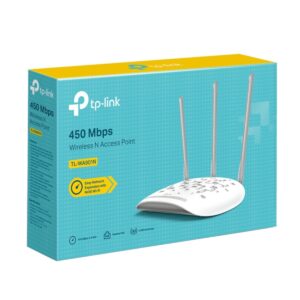
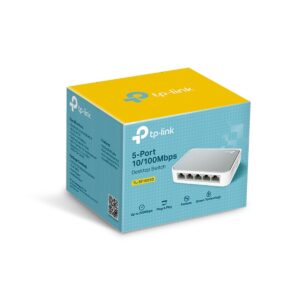
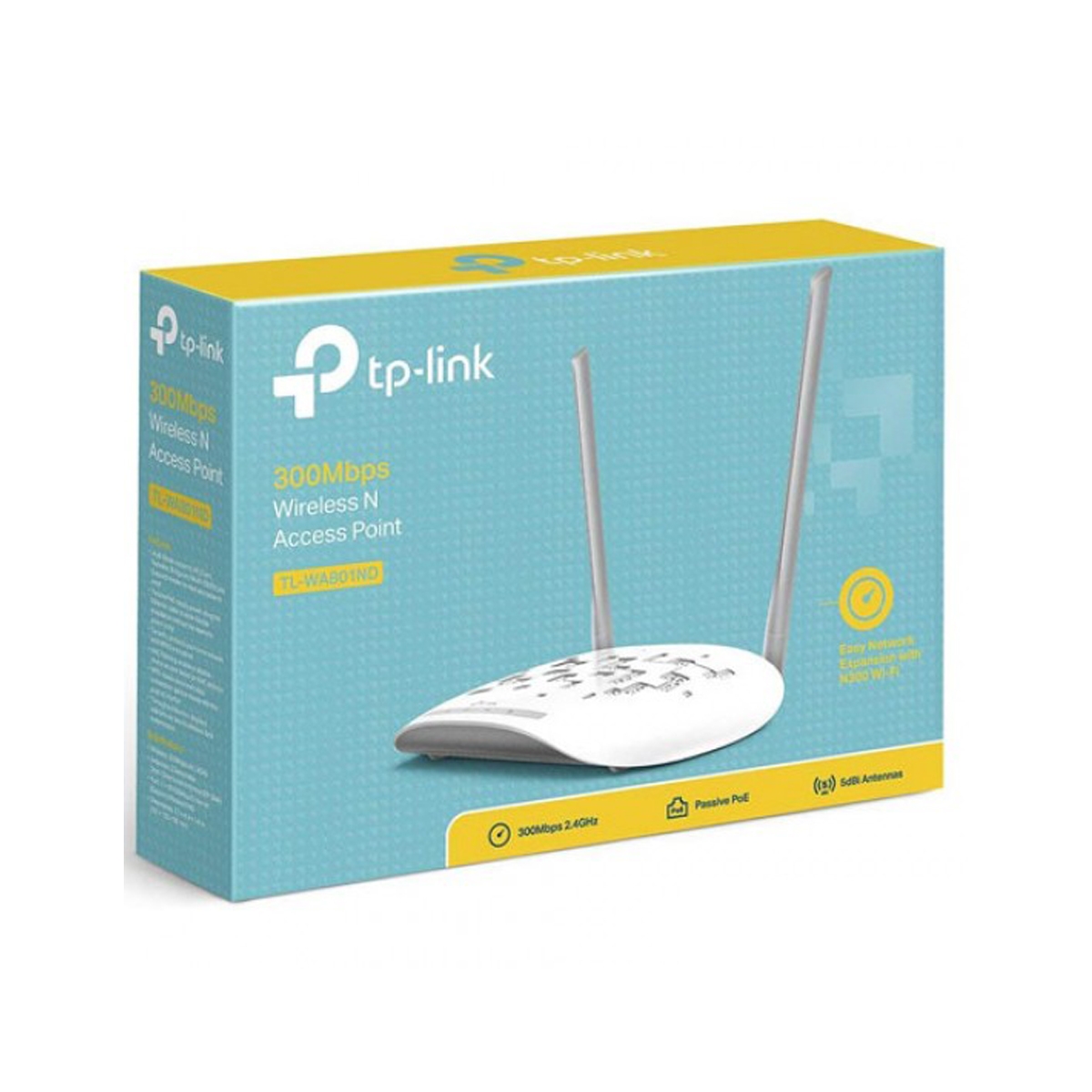
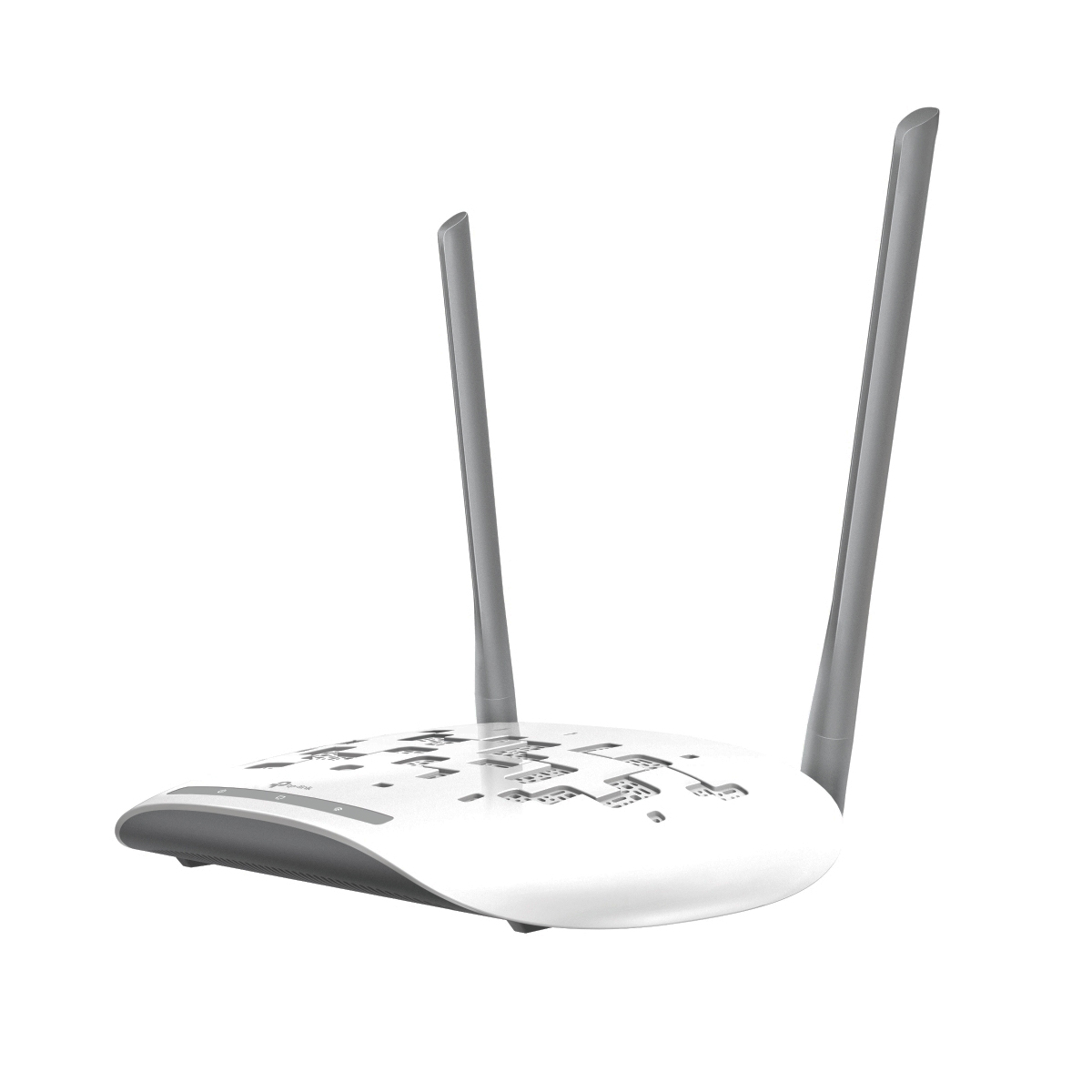
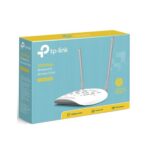
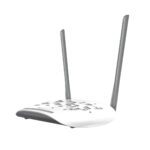
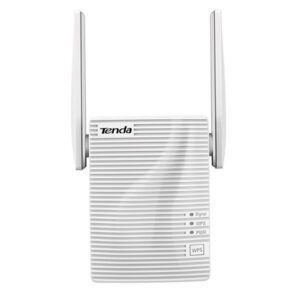
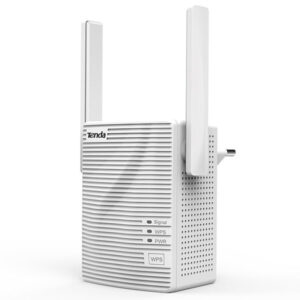
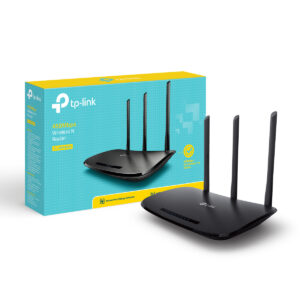
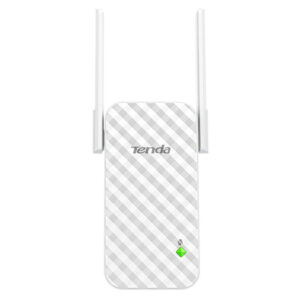
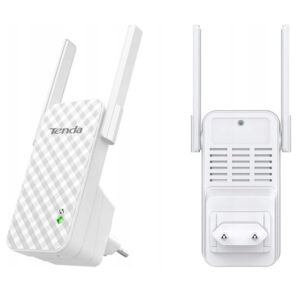
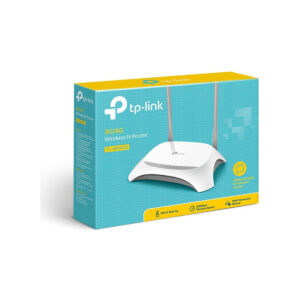
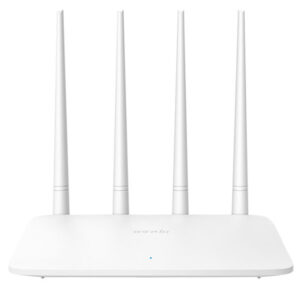
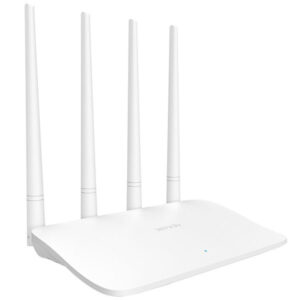
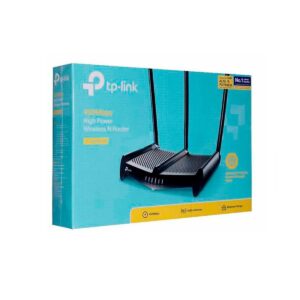
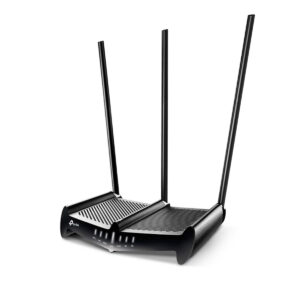

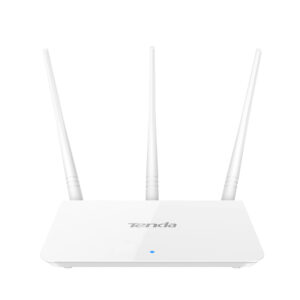
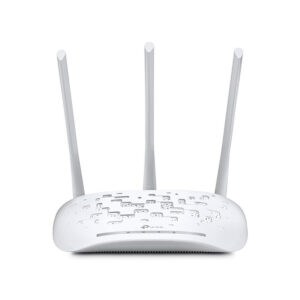
Reviews
There are no reviews yet.